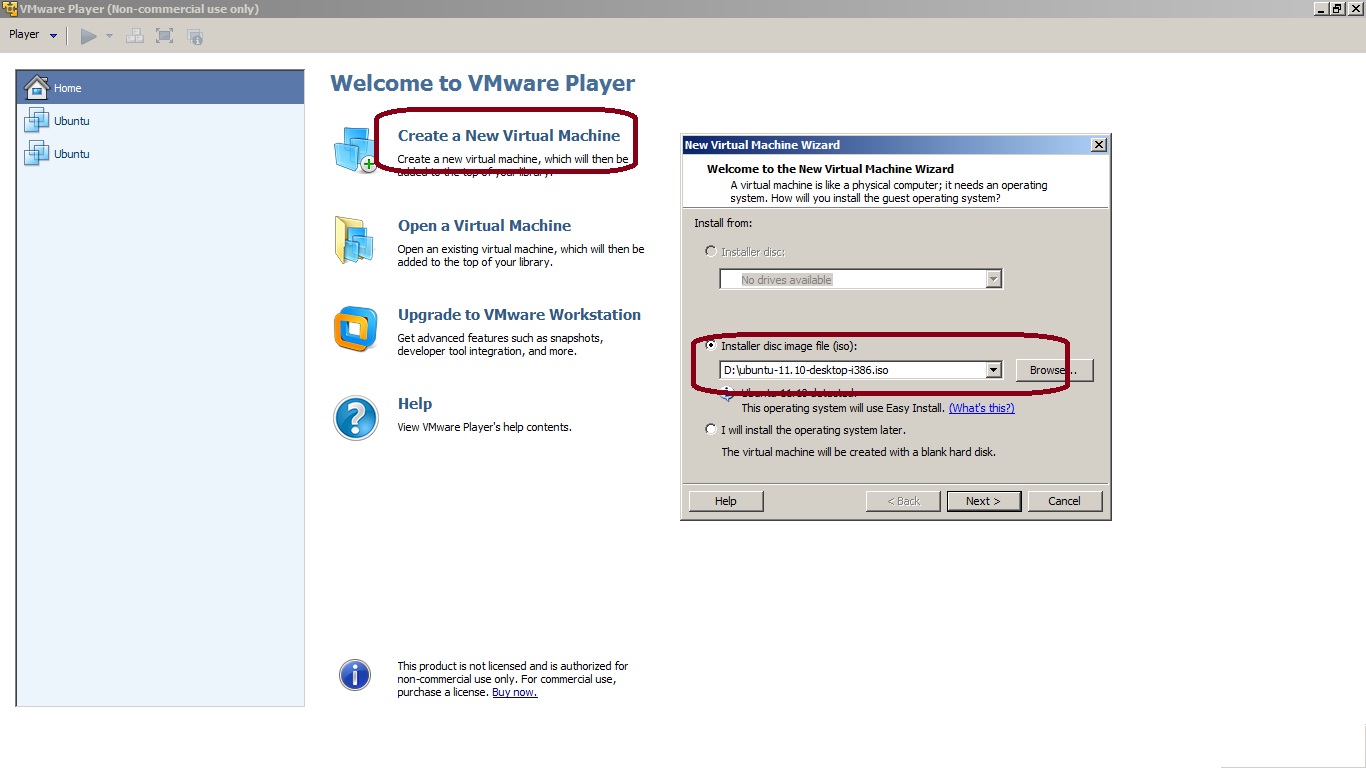


And even if they did, the configuration files would pertain to the installer itself-they wouldn't prevent programs from being run normally by the limited user because you're unlikely to want to run such an installer as a non-root user.After downloading the bundle extension setup file, execute the “sudo apt update” and “sudo apt upgrade” commands in the terminal to update the package list of the applications and components installed on your system.


Or type the first few characters of the filename and press Tab, and the shell will type the rest out for you.) Why sudo? bundle file in your current directory, you can just use chmod +x *.bundle and. You can make it executable with chmod, then run it: chmod +x VMware-Player-6.0.3-1895310.x86_64.bundle How to use the file, based on this information? VMware-Player-6.0.3-1895310.x86_64.bundle: a /usr/bin/env bash script executable (binary data) You can discover or verify this with the file utility, which is handy for finding out what kind of file something (probably) is: file VMware-Player-6.0.3-1895310.x86_64.bundle bundle files for VMware Player, Workstation, and other products are actually shell scripts, with embedded binary data.


 0 kommentar(er)
0 kommentar(er)
